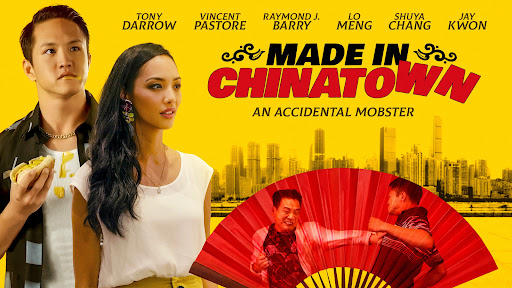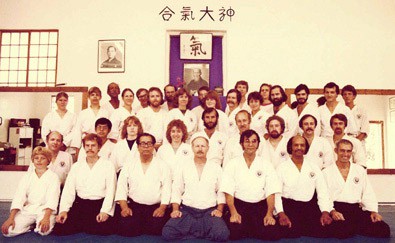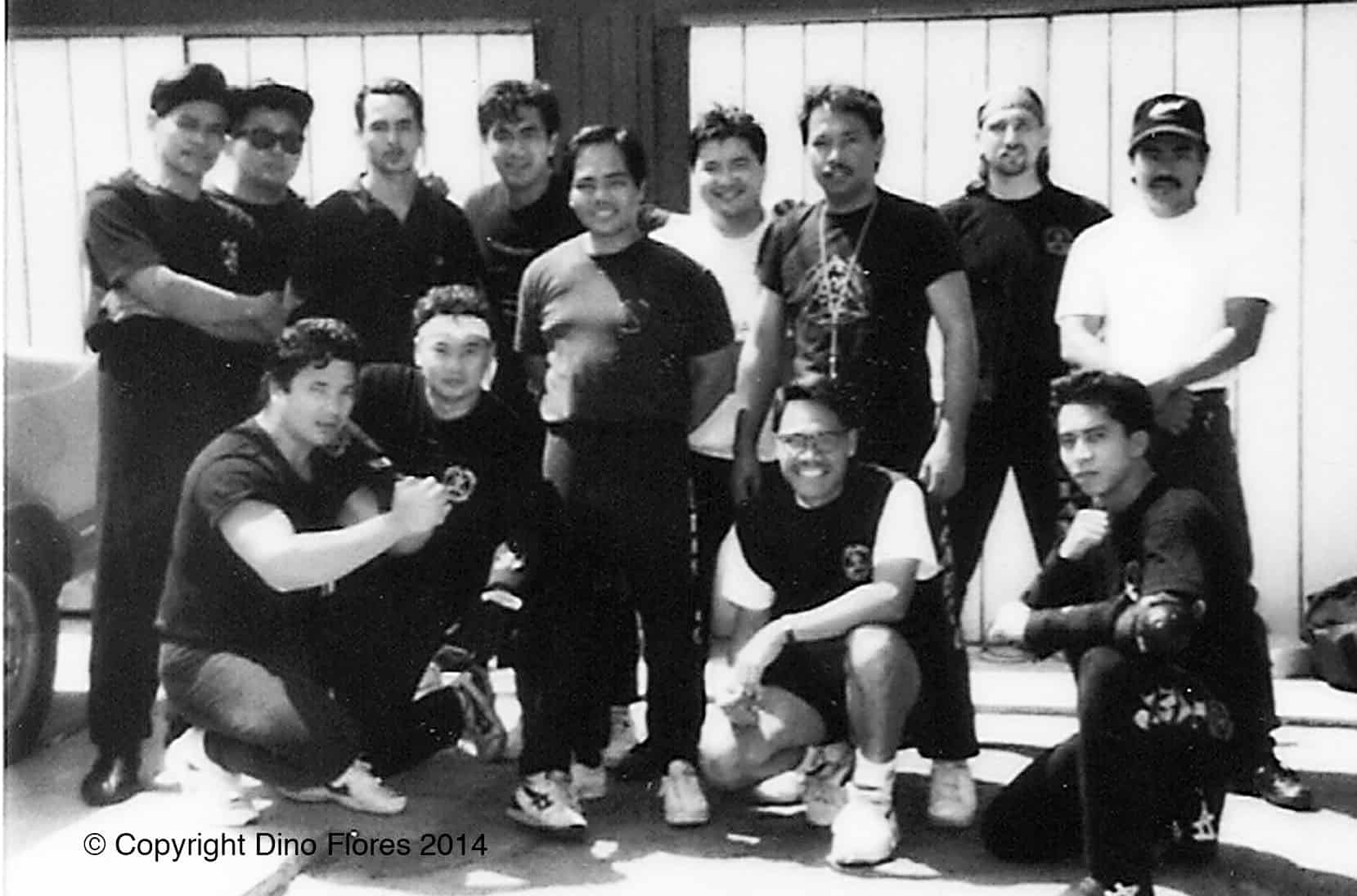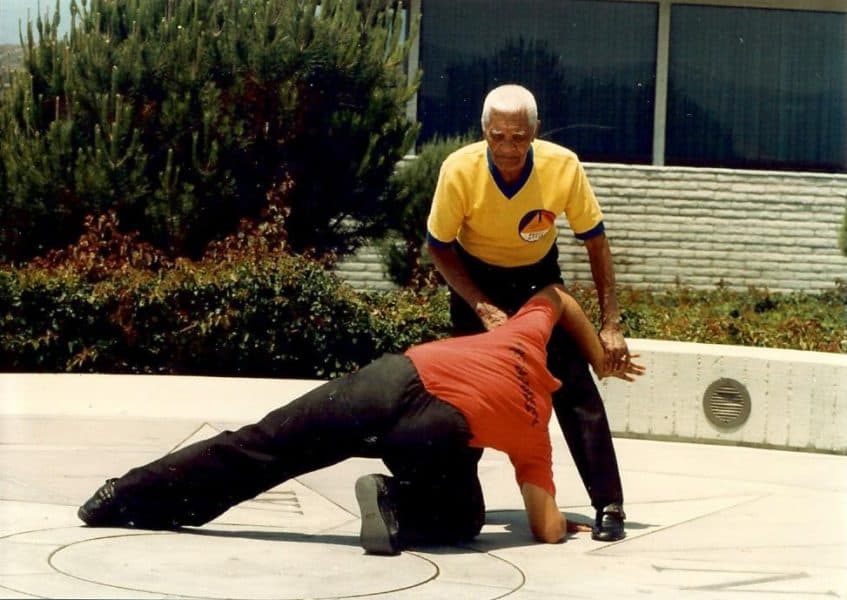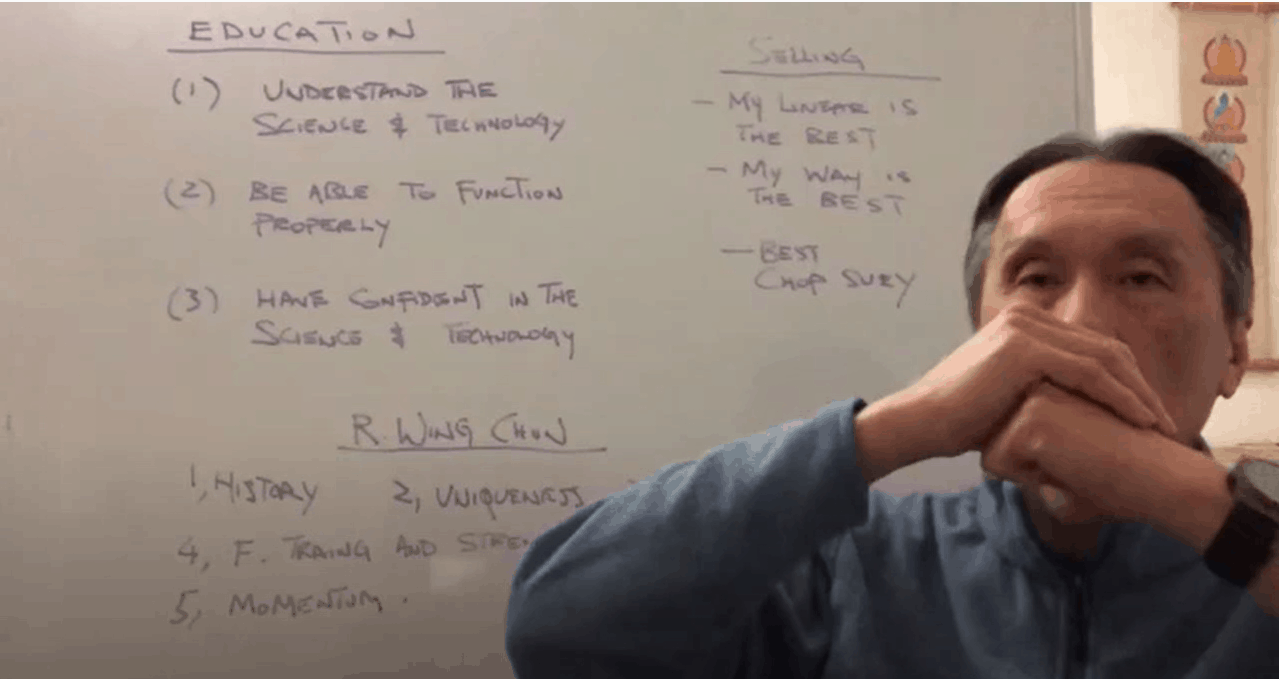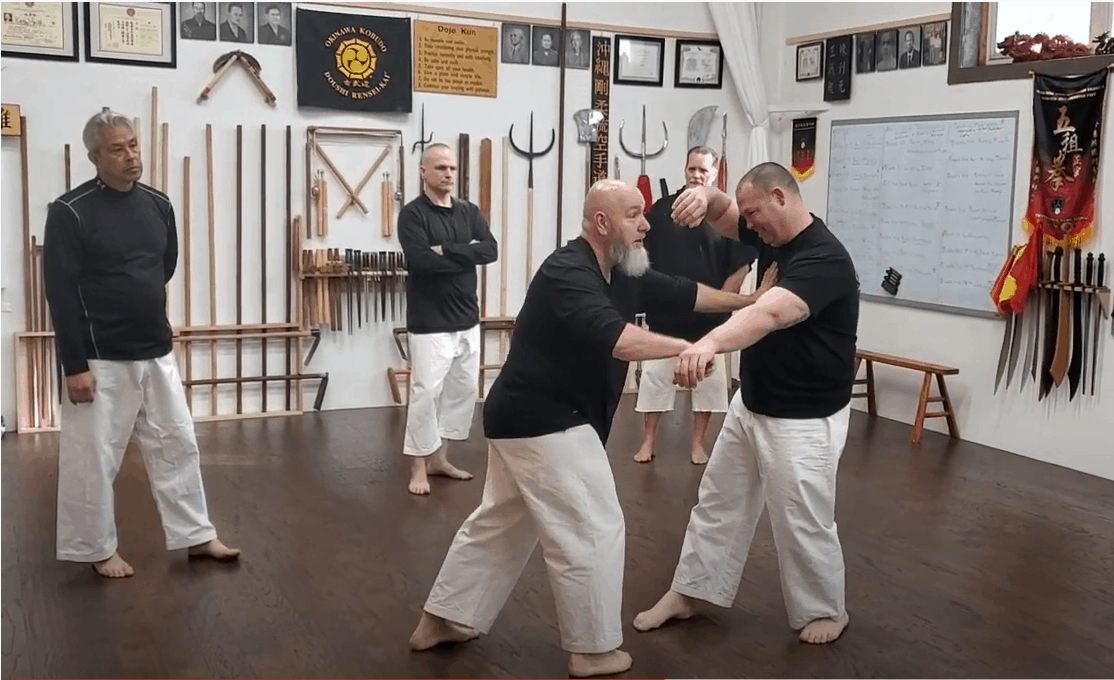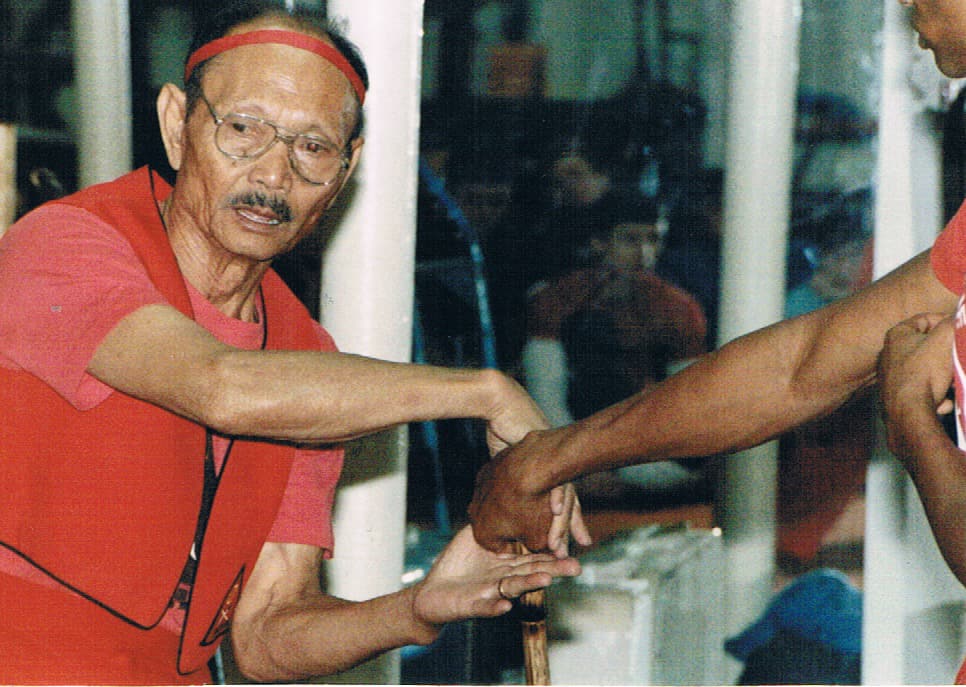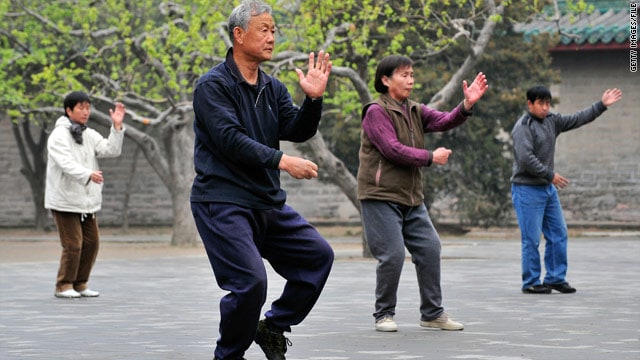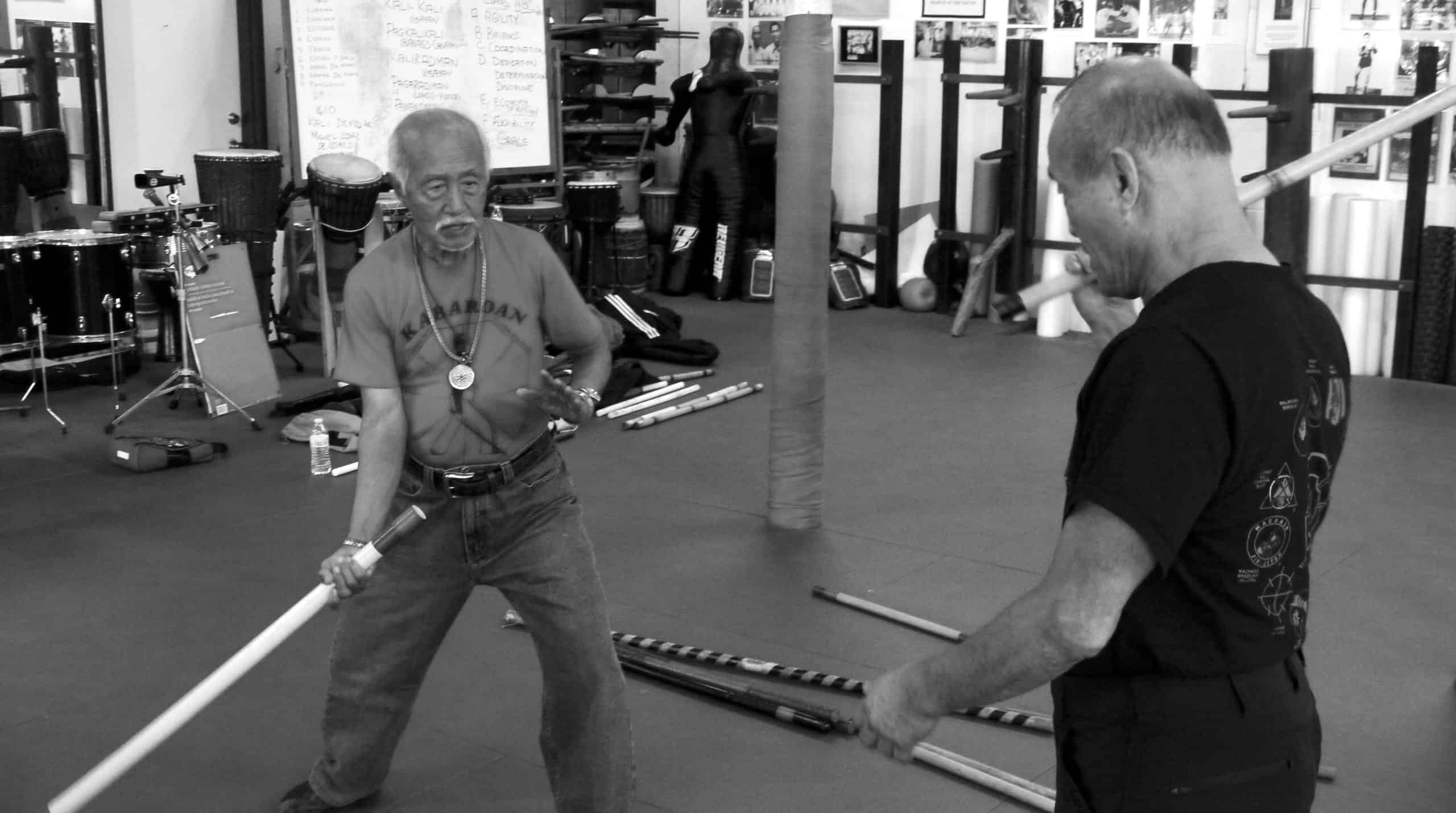Mark V. Wiley Reflects on “Made in Chinatown”
In order to become a wiseguy and win the love of his dream lover, the young Chinese guy who grew up in Chinatown decided to join the Italian “gangster”. Will he be accepted or rejected? Chinese girl or Italian beauty, which one did he choose? Once lost in Chinatown, can he finally find himself? All the answers are in this movie “Made in Chinatown”, which was filmed in Philadelphia’s Chinatown, which combines gangsters, kung fu, and comedy elements.



